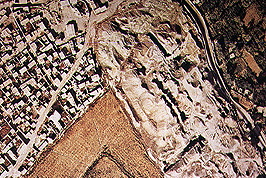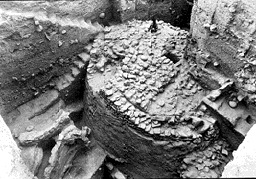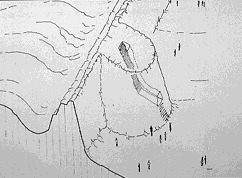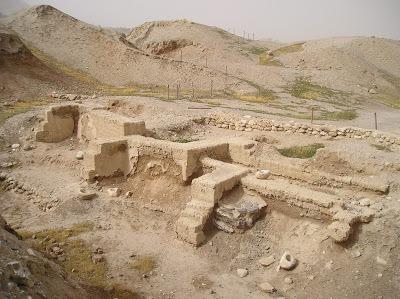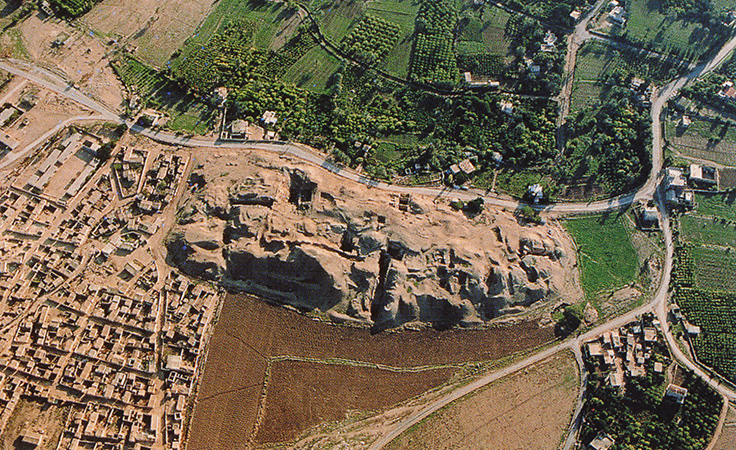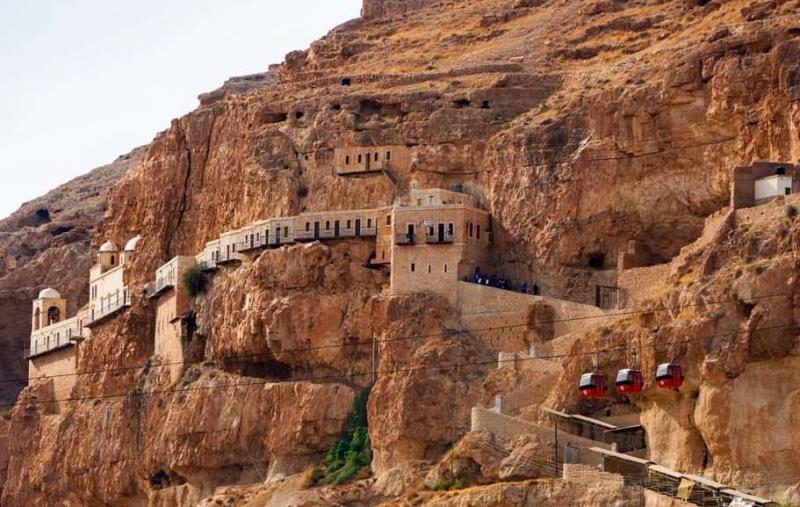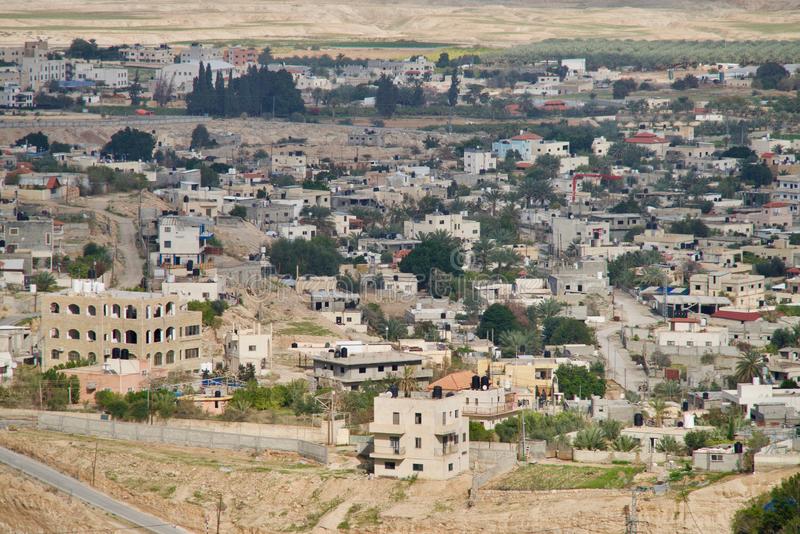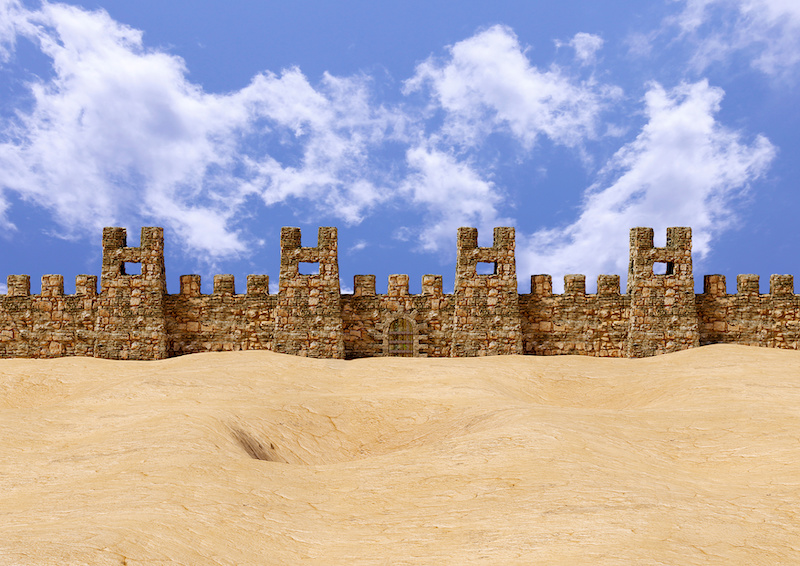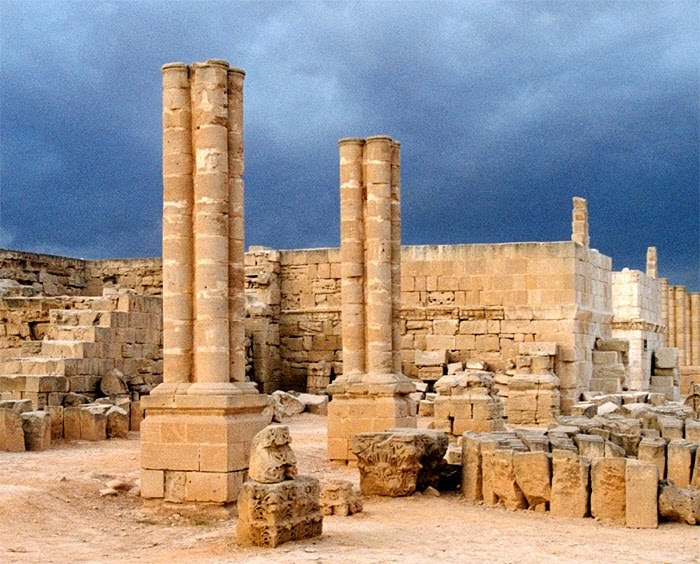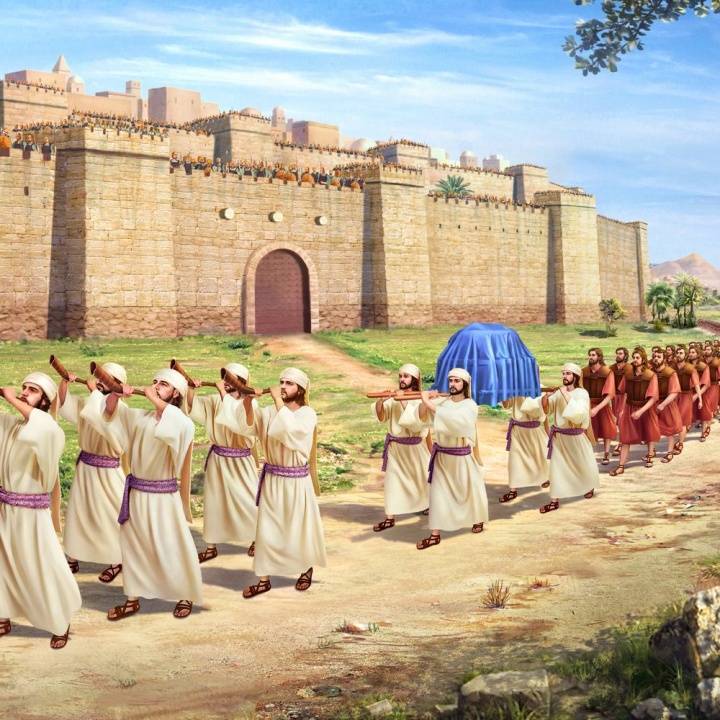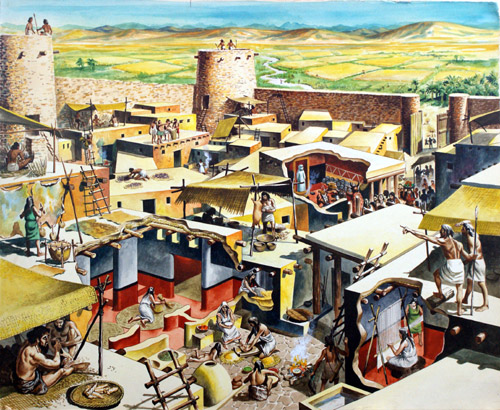KOSTOF Spiro., Historia de la arquitectura. Alianza Editorial. Madrid,1988. Volumen 1.
Pág.84-88. No está claro cómo empezó todo exactamente. Revolución implica ruptura repentina, pero puede que la idea de ciudad enraizara gradualmente en varios lugares al mismo tiempo y por motivos diferentes. Por lo que sabemos debemos asignar el origen de la confituración urbana al Asia Occidental y, Jericó parace poder ser considerada como la ciudad más antigua superviviente...
Hacia el 8.000 a.J. como consecuencia de la recesión de los glaciares comenzaron a surgir numerosas ciudades de gran tamaño habitadas de forma permanente. De las diversas excavaciones arqueológicas realizadas por británicos y alemanes durante los últimos siglos destaca la antigua ciudad de Jericó, junto a la ciudad actual. Se deduce que hacia el 8.000 a. J. ya existía un asentamiento humano en el lugar. Imponente ciudad neolítica. Ocupada por un pueblo que curiosamente no conocía la cerámica; pero eran diestros en la manufactuaras de vasijas de piedra y hacían retratos de la cabeza de sus acestros modelando yeso sobre los cráneos de los difuntos. Su arquitectura incluía casas rectangulares de dos habitaciones con suelos y paredes muy bien acabados en yeso y cal. Más notable que esto era que el asentamiento estaba cercado por poderosos muros de piedra con torres defensivas construídas con una sorprendente destreza técnica. La necesidad de fortificarse contra los enemigos, incluso mayor que la de protegerse de los elementos hostiles, provocó esta primera construcción monumental. Evidentemente ya en el séptimo milenio algunas regiones del antiguo Oriente Próximo, que pronto serían la cuna de las primeras civilizaciones avanzadas, bajo la presión de sus crecientes poblaciones habían alcanzado un grado de necesidades territoriales y progreso tecnológico suficiente para lograr el dudoso avance de la guerra interurbana a gran escala.
---

